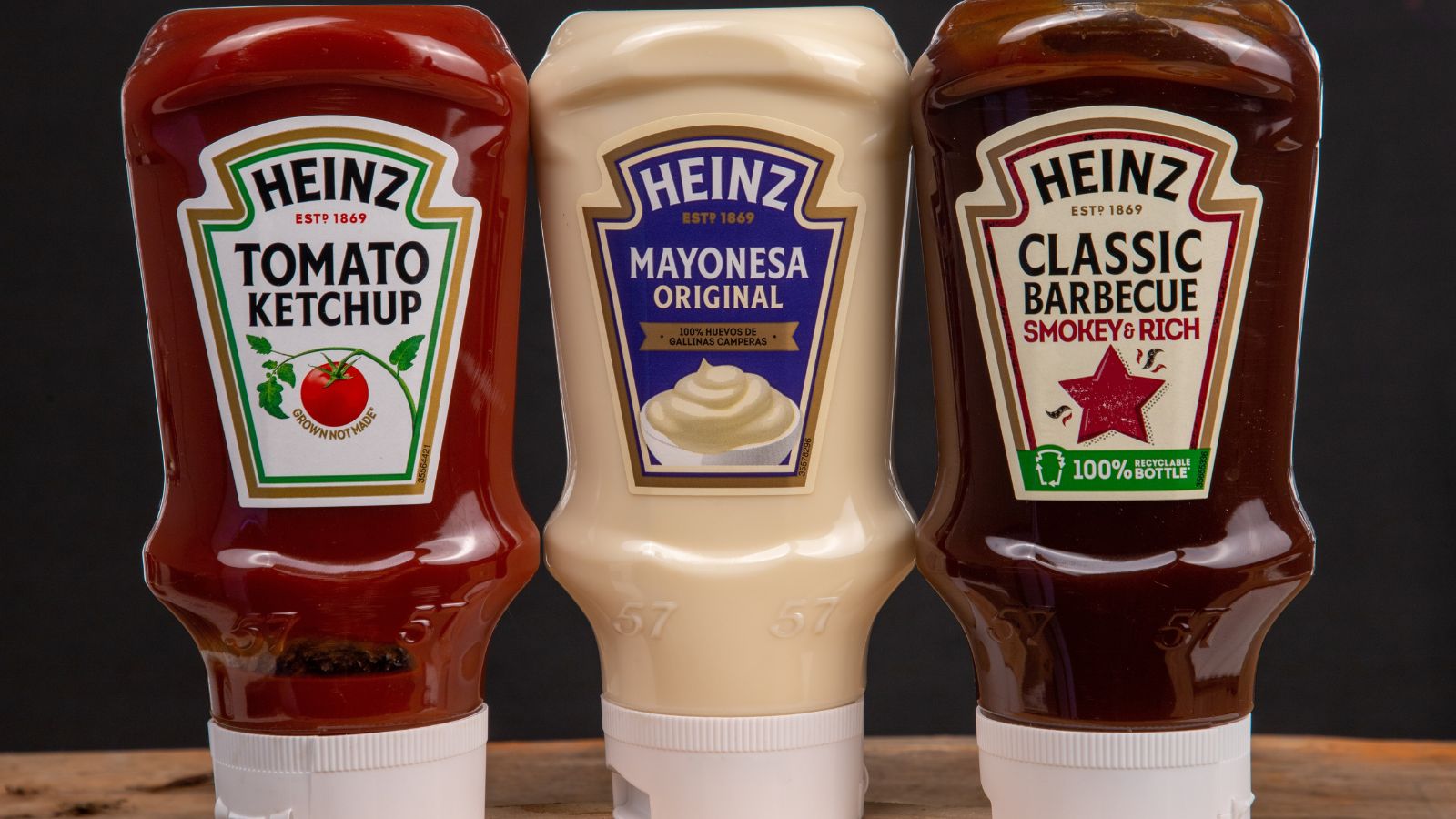Canadians and Americans may share a border and many cultural similarities, but the differences in consumer costs between the two nations can be striking. Despite Canada’s abundant resources and economic strength, Canadians often find themselves paying far more than their southern neighbors for everyday items. This isn’t always due to domestic policy, American market dominance and cross-border influence play a large role in keeping certain prices artificially high. Here are the 16 Products Canadians Pay Too Much For Due to American Influence.
Prescription Medications

While the U.S. is infamous for high drug prices, the influence of American pharmaceutical companies still drives up medication costs in Canada. Many of the most commonly used drugs are patented by U.S. firms that aggressively lobby against the widespread use of generics or bulk-buying negotiations. This limits Canada’s ability to drive prices down despite public health policies aimed at affordability. As a result, Canadians often pay more than necessary for life-saving treatments.
Cell Phone Plans

Canada has some of the highest wireless costs in the developed world, and part of the reason is the influence of American telecom standards and equipment providers. U.S. corporations dominate the telecommunications equipment market, pushing prices higher for Canadian providers who then pass those costs onto consumers. Additionally, limited competition in the Canadian market is partially due to the defensive strategies built around resisting American telecom giants, which paradoxically keeps prices inflated. Canadians continue to pay premium rates for average service.
Streaming Services

Streaming platforms like Netflix, Disney+, and Amazon Prime are U.S.-based giants, and Canadian subscribers often get less content for the same, or even higher, prices. Licensing restrictions based on regional content deals mean Canadians miss out on thousands of titles available to American audiences. The pricing structure, however, remains largely identical or inflated due to currency exchange and lack of localized competition. This leaves Canadians paying more for less entertainment value.
Automobiles

Cars sold in Canada are often more expensive than the same models sold in the U.S., even when manufactured in North America. American automakers set pricing that reflects U.S. demand and economies of scale, but Canadian consumers face added fees, tariffs, and fewer dealer incentives. Cross-border vehicle importation is discouraged through regulations and warranty limitations. Canadians end up paying thousands more for the same vehicles just because of where they live.
Books and Educational Materials

Canadian editions of textbooks and literature are frequently priced higher than their American counterparts. Much of this is due to U.S.-based publishing monopolies that control distribution and pricing models across North America. Currency exchange and “territorial rights” inflate costs, while the lack of Canadian academic publishing options leaves institutions with limited alternatives. Students and educators in Canada often bear the financial brunt of an American-dominated academic publishing industry.
Processed Foods and Snacks

Big American food corporations like PepsiCo, Mondelez, and Kraft Heinz dominate Canadian grocery shelves. Many processed food products cost more in Canada, not because of import fees, but due to regional pricing strategies that treat Canada as a higher-margin market. Canadian versions of popular U.S. snacks are also sometimes smaller or use lower-quality ingredients, yet cost more. The Canadian food market is often used to boost profit margins, at the expense of consumers.
Software and Digital Tools

From Adobe subscriptions to Microsoft Office, Canadians often pay significantly more for software licenses and cloud services. American tech companies frequently implement “geographic pricing,” charging Canadians more based on regional income assumptions or market behavior. What’s worse, these services are delivered digitally, meaning there’s no shipping or distribution cost to justify the price hike. This digital price discrimination unfairly burdens Canadian freelancers, students, and small businesses.
Gasoline and Diesel Fuel

Despite being a major oil-producing nation, Canadians often pay more at the pump than Americans. One key reason is that fuel prices are heavily influenced by U.S. refineries, market benchmarks, and downstream infrastructure owned or operated by American firms. In addition, Canadian fuel taxes are higher, in part to offset environmental impacts, but U.S. market dynamics still drive the base cost. Canadian drivers pay a premium that doesn’t reflect the country’s domestic production advantages.
Clothing and Footwear

Major American apparel brands often charge Canadians more for the exact same items, even when they’re manufactured overseas. Online shopping doesn’t always solve the issue due to international shipping fees, customs duties, and retailer restrictions. U.S.-based retailers segment the Canadian market separately, often with reduced sale offerings and stricter return policies. These pricing strategies exploit Canadian consumers’ limited access to alternatives.
Home Electronics and Appliances

From TVs to refrigerators, electronics in Canada often come with higher price tags than in the U.S., even for identical models. American manufacturers and retailers dominate the supply chain, and Canadian consumers face higher base prices along with reduced promotional offers. Differences in warranty terms and product availability further disadvantage Canadian buyers. The result is a persistent electronics premium that adds hundreds to thousands of dollars per household.
Fast Food and Dining Chains

Fast food meals from U.S.-based chains like McDonald’s, Subway, and Starbucks often cost more in Canada. The price differences can’t always be chalked up to higher wages or taxes, menu items are frequently priced at a premium simply due to regional pricing models. Canadian branches are treated as foreign markets, despite often using domestic suppliers and staff. Consumers pay more for meals that are cheaper just across the border.
Luxury Goods and Fashion

Canada is seen as a high-margin market by luxury brands headquartered in the U.S., which translates to significantly inflated prices for fashion, accessories, and cosmetics. Import tariffs and duties do play a role, but much of the markup stems from strategic pricing intended to align Canadian costs with European or Asian luxury standards. Even when products are manufactured in North America, Canadians still pay more.
Video Games and Consoles

Gaming consoles, accessories, and titles consistently launch at higher prices in Canada, often without adjustments for purchasing power. American publishers and tech companies set pricing based on the U.S. dollar, with Canadian prices inflated beyond the exchange rate. Retailers add markups, and Canadian gamers get fewer early-access or bundled deals compared to their U.S. counterparts, resulting in a disproportionately expensive gaming experience for Canadians.
Health Supplements and Over-the-Counter Medications

Many vitamins, supplements, and OTC medications are imported from or distributed by U.S.-based firms. Even for domestically available equivalents, Canadian consumers face higher prices due to brand monopolies and distribution agreements that limit competition. Products like Advil, Tylenol, or multivitamins routinely cost more per unit in Canadian pharmacies. This artificial inflation stems from American companies leveraging their market dominance across the border.
Furniture and Home Goods

U.S.-based furniture retailers like Wayfair and Ashley HomeStore dominate the North American home goods market. In Canada, consumers pay more not only due to shipping and duties but also because these retailers often charge higher base prices. Limited domestic competition and regional fulfillment strategies make it difficult for Canadians to find reasonably priced alternatives. As a result, furnishing a home in Canada is significantly more expensive.
Children’s Toys and Baby Products

From diapers to strollers, toys to formula, Canadian parents face inflated costs compared to their American counterparts. Many baby product brands are U.S.-owned and apply tiered pricing to maximize profits in foreign markets, even when items are manufactured in the same facilities. Regulatory differences also limit cross-border shopping, leaving Canadians with fewer choices. This pricing model adds unnecessary financial stress to Canadian families raising young children.
21 Products Canadians Should Stockpile Before Tariffs Hit

If trade tensions escalate between Canada and the U.S., everyday essentials can suddenly disappear or skyrocket in price. Products like pantry basics and tech must-haves that depend on are deeply tied to cross-border supply chains and are likely to face various kinds of disruptions
21 Products Canadians Should Stockpile Before Tariffs Hit
